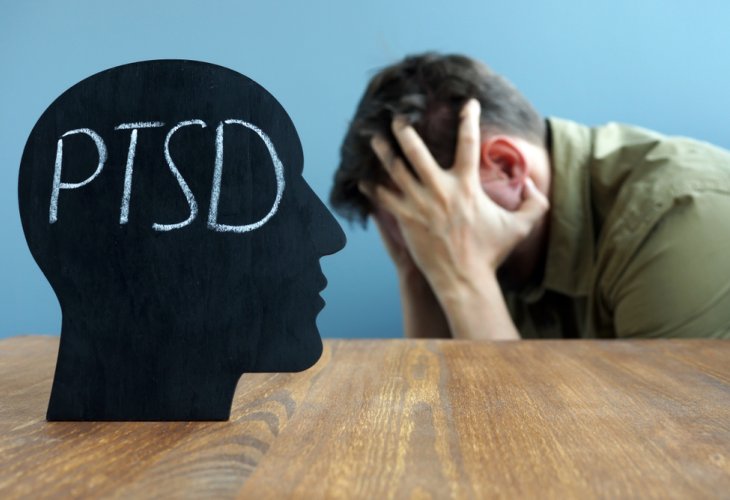Depression and Anxiety
Healing from Trauma: How to Recognize and Treat PTSD
A Guide to Understanding Post-Traumatic Stress, Its Symptoms, and the Power of CBT Therapy in Regaining Emotional Balance and Daily Functioning
 (Photo: shutterstock)
(Photo: shutterstock)Orit, a woman in her thirties, came to me in tears. She could barely speak through her crying as she shared that since her teenage years, she’s been suffering from anxiety attacks, all stemming from a traumatic and violent experience involving a family member.
“I just can’t go back to functioning like I used to,” she said. She had dropped out of her studies and was plagued by daily nightmares.
“What can I do?” she asked.
My first step was to refer Orit to her primary care doctor to rule out any physical or medical explanations for her symptoms. Once she returned with her test results, which showed no medical cause, it became clear that her nightmares and anxiety were emotionally rooted.
I explained to her that what she was going through was post-traumatic stress disorder (PTSD)- a response to trauma that often appears after the initial event is over.
What is PTSD?
PTSD can develop as a reaction to intense or disturbing experiences such as car accidents, physical assault, terror attacks, combat, and more. It’s a condition where the nervous system becomes overwhelmed by stimuli it can’t process or contain. The emotional overload becomes too much for the psyche to absorb.
People with PTSD often experience physical and emotional symptoms such as:
Uncontrollable crying
Shaking
Flashbacks
Nightmares
Recurring intrusive thoughts
These reactions are completely normal. This is the mind’s way of trying to process and make sense of something that felt overwhelming, terrifying, or life-threatening. Generally, the intensity of these symptoms subsides over time, but when there’s no real improvement, and especially when daily functioning is affected, it’s crucial to seek professional help.
If a person cannot return to regular functioning and continues to experience the symptoms listed above, it’s likely they’re dealing with PTSD.
Creating a Safe, Supportive Space
One of the most important parts of healing from trauma is being in an emotionally and physically safe environment.
Individuals going through PTSD need warmth, understanding, validation, and emotional support from family, friends, and their broader environment. They need to feel validation about their truth, and that it matters.
I asked Orit what helped her feel better during stressful moments. We explored things such as:
Physical activity
Breathing exercises
Relaxation techniques
Prayer
Doing things she enjoyed
I encouraged her to gradually reconnect with these activities to slowly rebuild a sense of normalcy and functionality.
I also explained that it’s completely normal to have emotional setbacks during this time. These can include things like avoiding certain situations that remind her of the trauma, difficulty concentrating, sadness, irritability, or emotional numbness.
Processing the Trauma
The central goal of PTSD treatment is to process the traumatic experience- both the event itself and the emotions, thoughts, and sensations that were tied to it. In Orit’s case, just a few days into our conversations, she began to feel a sense of calm slowly returning.
One of the most effective approaches in these situations is CBT (Cognitive Behavioral Therapy). This therapy provides practical tools for coping with distress, helps regulate anxiety, and most importantly, supports the person in gradually returning to full, independent functioning. It also helps rebuild a sense of stability, trust, and inner strength.
In some cases, short-term medication may be recommended to help regulate emotional responses and ease overwhelming symptoms.
The earlier someone seeks help, the better their chances for healing. The sooner the process begins, the more effective and lasting the recovery tends to be.
Yaffa Ifergan is a CBT therapist and educator with over 33 years of experience.

